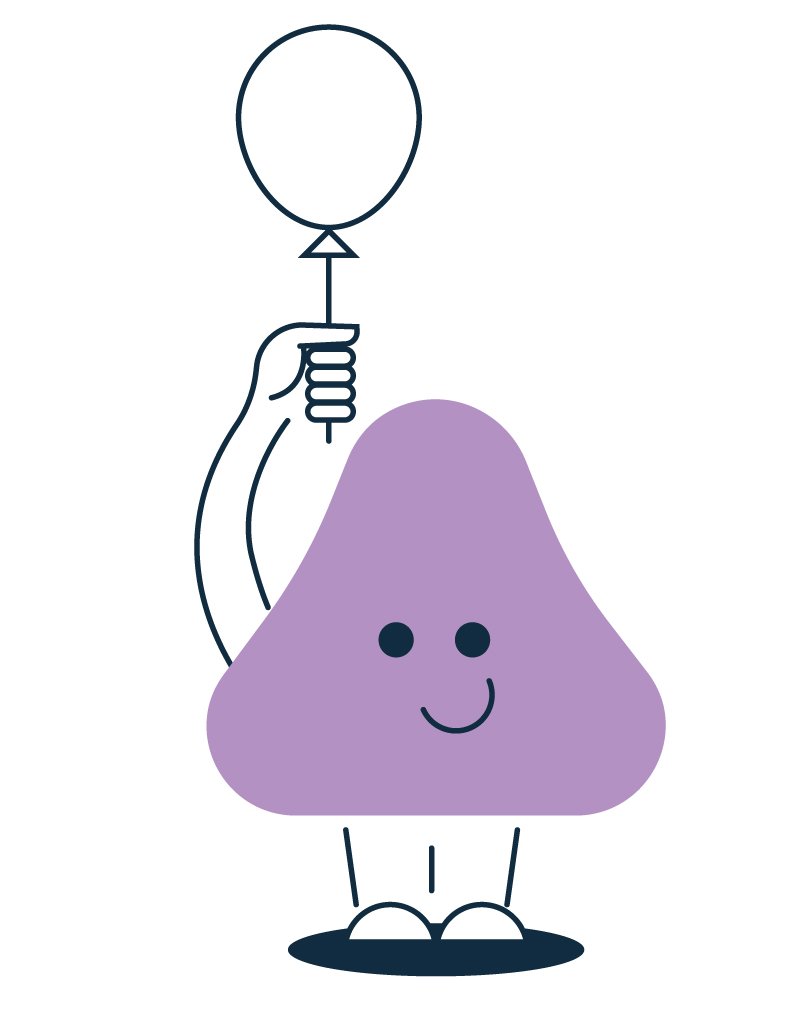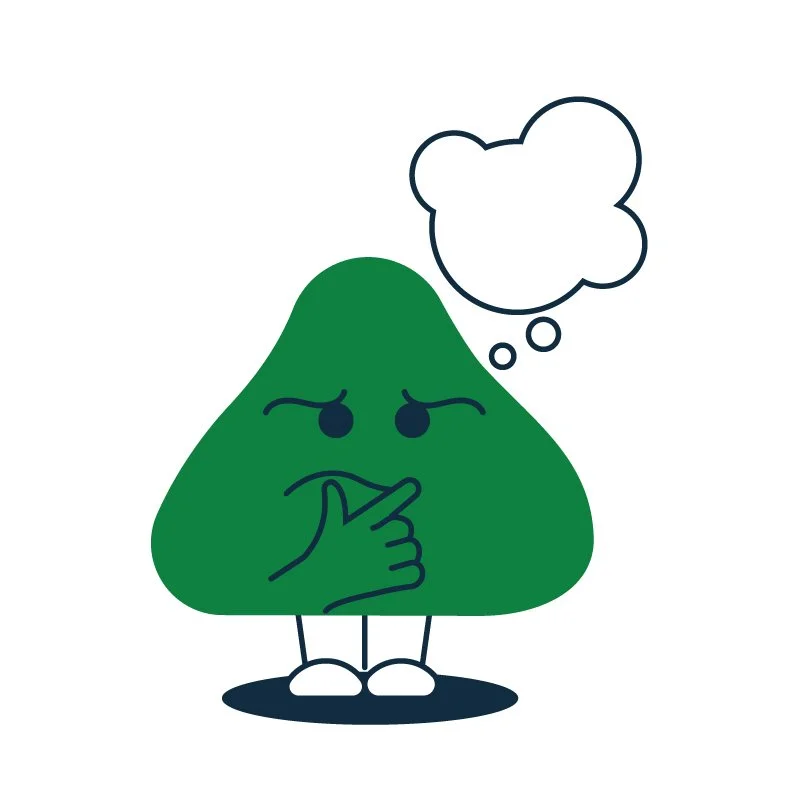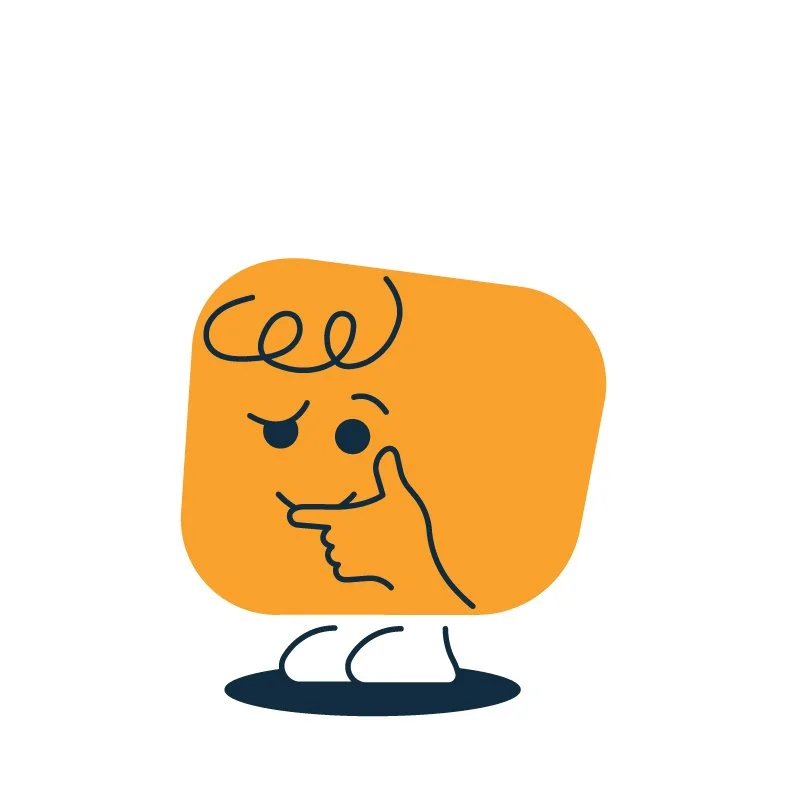West OS Wonders: Questions From Young Learners
Recently we were invited to speak with the young learners at West OS, the West Partnership Online School, as part of their West OS Wonders week celebrating Scottish Computing Science Week 2023.
The West Partnership is a collaboration of eight local authorities across the West of Scotland: East Dunbartonshire, East Renfrewshire, Glasgow City, Inverclyde, North Lanarkshire, Renfrewshire, South Lanarkshire, and West Dunbartonshire.
We were joined by 30 classes from Primary Schools across the localities, and spent our time sharing how people can help work towards a Scotland which is a leader in artificial intelligence (AI) which is trustworthy, ethical and inclusive.
We talked about how AI can be trustworthy, how it can be ethical and how it can be inclusive – and tried to answer as many questions to do with AI as could. We were left with a lot of amazing questions at the end of the session, and we really wanted to try to answer more than we could on the day.
So thank you so much for joining us for the session, learners of West OS, and here are some more answers to your questions:
We have also included some of our own questions, let us know your answers!
Definitions
We’ll start by setting out what we mean when we say “artificial intelligence” and “data” which are important to understand first, before we dive into the brilliant questions.
Artificial Intelligence
Artificial intelligence (AI) is the study of making computers perform tasks that usually require the intelligence of a human to do.
Computers using AI techniques can learn to do their task better if we train them on more and more information, which we call “data”.
AI is a technology, or a tool, that humans can use to help them do things.
Data
“Data” is information about the world that we collect to help us understand more about the world works. “Data” could be any information about the world which we take note of – like the number of things in your school bag, the colour of the things in your school bag or the number of times your school bag is picked up through the day. If you can collect information about it, it can be data.
Computers collect data, like how you use them, where you click on a screen and how long you stay on a certain page. All this information can be used to improve things, making them easier to use.
AI technologies are computers which have the special power of being able to handle lots and lots of data, see patterns in the data and make decisions based on that data.
Questions & Answers
When was AI invented? What was the first AI ever invented in the whole world?
AI isn’t one thing which was invented at one time, it’s more of a wide topic to do with making computers (and sometimes machines and robots too) do special jobs. These special jobs are how computers can perform tasks and solve problem that normally need a human to do them.
There wasn’t just one person who invented the study of artificial intelligence.
One of the people who did a lot of the first thinking about how computers could do those sort of tasks was Alan Turing, a mathematician and great man.
In 1936 he released a paper which became very important to the study of computer science, and about ten years later he designed one of the first ever digital computers.
Another important development was making an artificial model of a neuron, a part of the brain, by Warren McCulloch and Walter Pitts in 1943.
Later, the first successful AI programs were developed: a chess-playing program written by Dietrich Prinz and a checkers-playing program by Christopher Strachey. So… games and AI go hand in hand way back to the start! How well AI systems play games against humans is still used to measure how good they are.
What games do you think an AI technology could never win against a human?
Why were AIs made?
People are always interested in trying new things and discovering how the world works. Also, we don’t know exactly how human intelligence works yet - so studying how artificial intelligence could work can help us discover more about how human intelligence works.
AI technologies have been made for many different reasons. Usually, the final goal is to make human lives easier, solve very difficult problems and make things more efficient. Setting computers off on tasks to solve huge problems, and allowing them to think and learn, means that humans are free to do something else.
If you were designing an AI technology to solve a problem, what problem would you want to solve?
How is AI smarter than humans if humans invented it?
AI technologies can be incredibly good and super efficient at certain jobs, like a very, very specific super power! What makes it seem “smarter” is that it’s able to deal with huge amounts of information much faster than humans.
AI technologies can do tasks which are boring, over and over again without getting tired or making mistakes. I wouldn’t say this makes AI technologies smarter than humans, just good at different things.
The whole idea of what “intelligence” means comes from how amazing the human brain is, and it does a whole lot more than just process huge amounts of information for a very specific job.
You can learn more than AI can. Human intelligence means being able to be creative, driven, kind, empathetic, happy, sad and in love. AI technologies can’t do any of that, so I’d say it’s not smarter than us – just different.
What is your very, very specific super power?
How does AI know what to say?
When AI technologies know what to say, or can understand what we are saying, we usually call that a Large Language Model (LLM) which is using Natural Language Processing (NLP).
Humans give the AI system a job: to learn how people talk to each other and how language works. To do this data scientists train the AI system on huge amounts of text – things like books, websites, magazines and social media pages.
These AI technologies look for patterns in how we use language and over time learn how everything fits together in a way that humans can understand. Language has a lot of patterns, and the more text we train AI with, the better it gets at understanding those patterns.
So if you are using a chat bot, or using ChatGPT, the AI system looks at what you have written, understands the patterns within the language and replies based on what it thinks is the most likely pattern to come next. How well it does that is based on how well it has been trained, and the data it has been trained with.
What patterns in language can you think of?
Can AI have emotions?
Just now, AI doesn’t have real emotions like we do. It doesn’t feel things like we do, it’s just a way of making computers do cool things - it can only deal with data and make decisions based on that data. That data can be anything – it could be a count of how many apples are on a tree, the height of every giraffe in the world or how often your heart beats – but it’s always just data.
Some scientists are working on making AI that can analyse the data around human’s emotions so the AI technology can recognise human emotions better and respond to them in a way that seems more human.
So while AI technologies are super smart computer programs that will get better at understanding emotions, it’s still not the same as having real feelings like we do.
What data could you measure to tell if someone was happy?
Can AI swim, or learn to?
Great question.
I’m going to say strictly no, but kinda yes! It depends on how you think about it.
I’d say no, because AI technologies are computer systems and software, and swimming is a physical activity so AI technologies can’t swim. But, you could simulate swimming using AI in a virtual environment like a computer game, or an AI-powered robot could be trained to swim, so maybe you could argue that AI can swim!
What animals would it be best to study if you were trying to make a robot that you can teach to swim?
Can AI make other AI?
They sure can!
A human can create an AI technology and train it up to become really good at analysing data and making decisions based on what it learns. Once it’s really good at that, the original AI can help humans build another AI technology which focussed on a different job.
Importantly, that new AI will be able to use the knowledge of the original AI plus being able to learn from all new data for its new job. Even though AI can help create other AI technologies, for now humans are still always the ones who design and guide the process.
If you had an AI-powered helper, what jobs would you train it to help you with?
How do they gain the knowledge?
Humans feed AI technologies with data, and lots of it!
The AI technology tries to do a task based on that data. If it does the task well, the human lets the computer program know, and if it does the task badly, the human lets the computer know.
Over time, with more and more information going in, and more and more tasks being completed, and more and more feedback being given, the AI technology gets better and better at the task. One of its tasks is to remember what it did when it got good feedback.
Do you think that is similar to how you learn new things?
What will happen if the AIs get smarter than humans?
This is still an imaginary situation, which you might have seen in games, on TV and in films. While it’s still made up, people think about it a lot and talk about it a lot.
AI technology which is smarter than humans, and better than us at everything, is known as Artificial General Intelligence (AGI) and many people are not sure that it could ever even exist.
If it was made it would have a huge impact on the world, and transform probably everything to do with our lives and our future. If it is made in the future then we should make sure that it is used in a safe way which protects people.
We think that the best way to make sure AI works well for the children and people of Scotland is to make sure that it is trustworthy, ethical and inclusive now.
How do you think AI can be trustworthy, ethical or inclusive?
How do AI think like humans?
AI technologies are used in ways which allow them to think like humans in a few different ways.
One way is “visual perception” or “computer vision” when AI technologies are used to identify objects in pictures. Humans are able to look at pictures and think “Hey, that’s a picture of a platypus!” – the right AI systems trained in the right way can learn to look at a picture and think “Hey, that’s a picture of a platypus!”
Another way is called “deep learning”. With deep learning, humans ask computers to think like a human brain – they have sections of computers act like sections of a human brain, and organise it into a big network inspired by a human brain. This lets computers “learn” in a way quite similar to how humans learn.
Do you think we would ever be able to make a computer as complex as the human brain?
Thank you!
Thank you so much to the wonderful learners of West OS! We hope you enjoyed finding out more about AI in Scotland. We really enjoyed listening to what you think, and finding out what you’d like to know.
Did you answer any of our questions in each section?
Your teachers can contact us at engage@ScottishAI.com to let us know your answers, or if they would like to know anything else about trustworthy, ethical & inclusive AI







